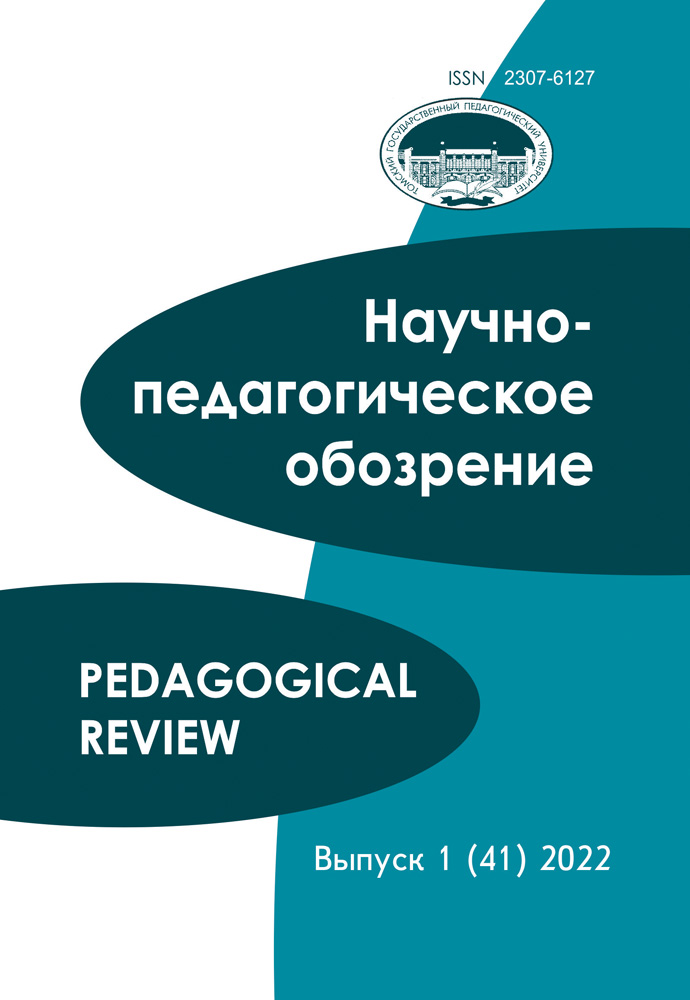Search
| # | Search | Downloads | ||||
|---|---|---|---|---|---|---|
| 1 | In this paper comparative analyses of therapeutic charms recorded from such ethical groups as Koryaks and Slavonic people are represented. Interaction between these groups (Koryaks and Slavonians) was minimal and they unrated genetically. During analysis comparative-typological method enabled to find similar typological phenomenon while comparing different empirical material. In folkloristic research charm traditions of native people from Far East is relatively poorly studied. At the same time Slavonic charm tradition has substantial background, which allows to use it as comparative material to find typologically similarities. There is no uniform structure of the charm text in different cultures, though some overlaps in the motives can be found in texts. In the charm text modulation of the situation with sacral character has a place but the character is specific for the traditional culture. In the plot of therapeutic charms, the sacral character has a function of healer who helps fight diseases. The route motive of the healer is universal. This motive is not only plot-forming for several charm texts, but also represents the initial point of the spell and magical healing ritual. The use of the spell requires special mental condition of the healer which is symbolized in the texts as a path, space crossing. The motive of disease banishment is also universal. The roots of this can be found in ancient representation of disease as an evil creature. Another characteristic feature of traditional healing process is appeal to daily circles. In particular, the sunrise id represented as healing time. Due to this concept in many ethnical tradition’s spells are pronounced and rituals are held during the sunrise. Despite ethnical tradition belief in magical healing agent is characteristic. Notably, elements of the fauna, teeth for example, are believed to have special power. The believe of the animal beginnings being equal to magical ones shows mythological basis for these motives. Even nowadays pieces of this mythological basis can be found in healing charms of different cultures. Keywords: cultural universals, Slavonic folklore, Koryak folklore, healing charms, Slavonic charms, Koryak charms, sacral character, motive of the route | 1904 | ||||








